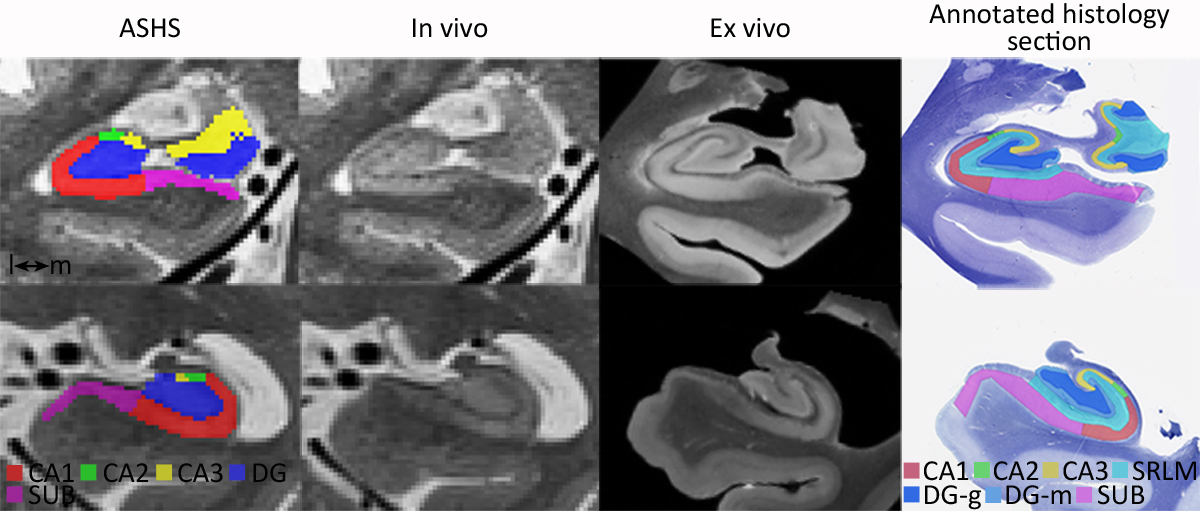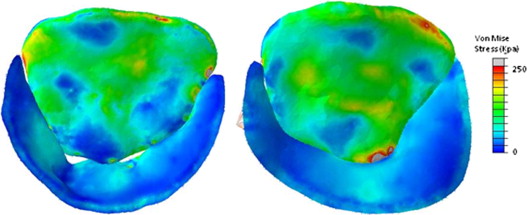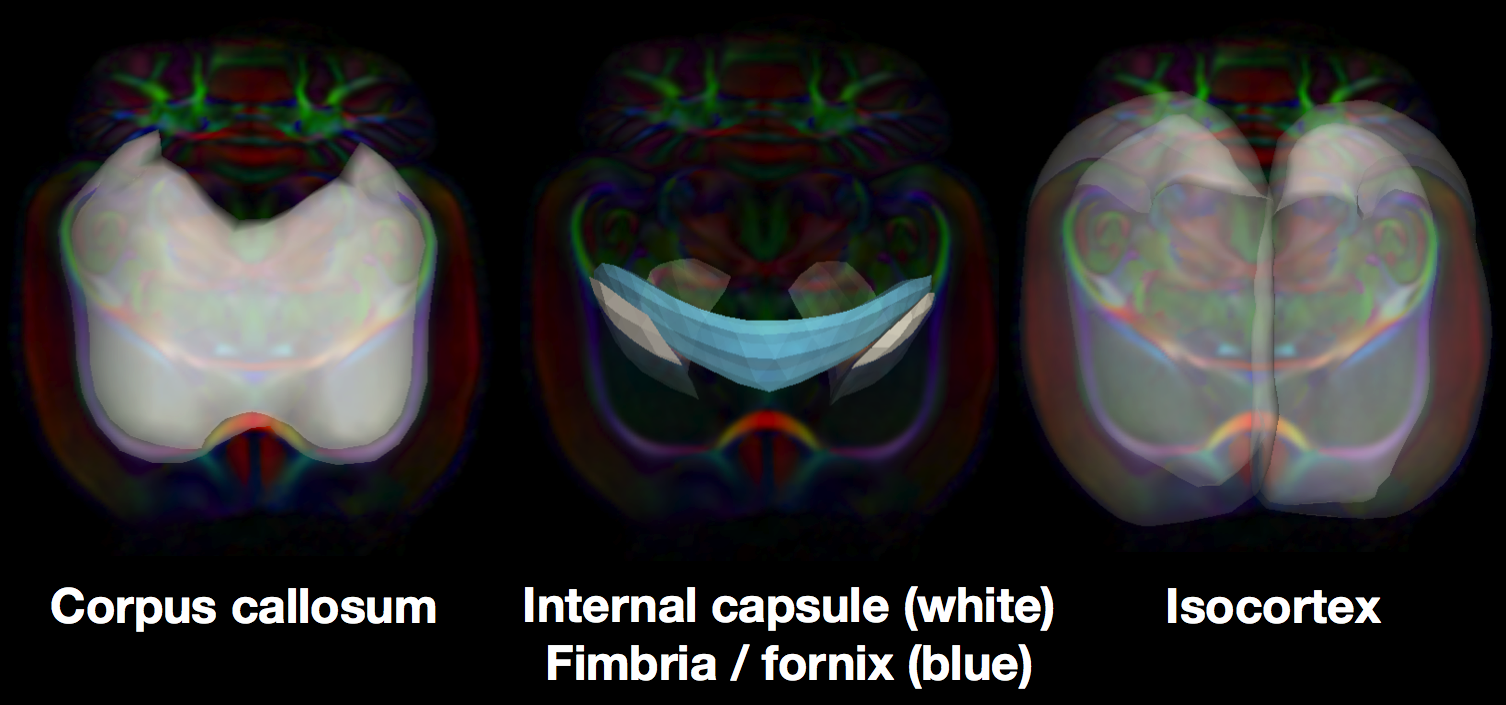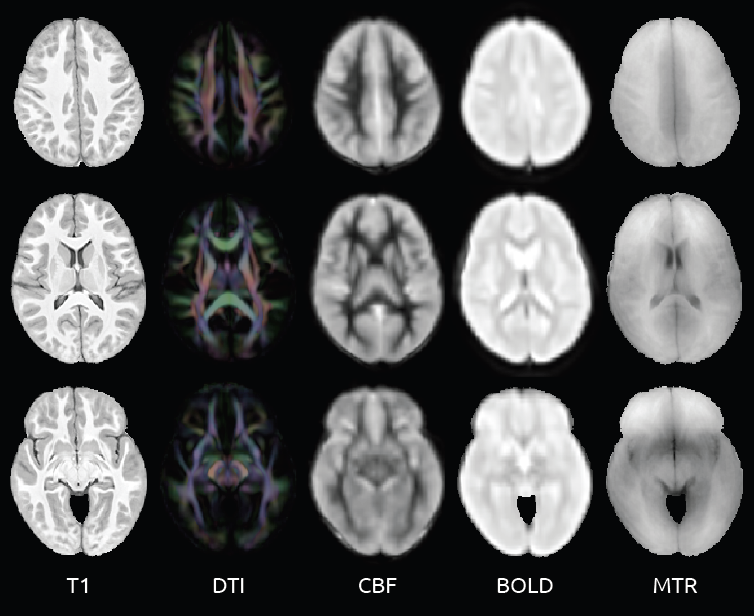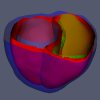Short-term memory and medial temporal lobe
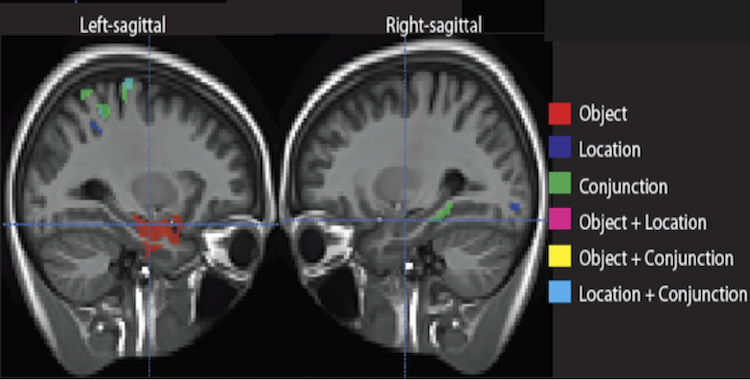
Medial temporal lobe (MTL) is generally thought to be a principal site of long term memory (LTM) process, and isn’t usually associated with short term memory (STM). Some recent work have suggested a role for MTL in STM when binding … Continue reading


